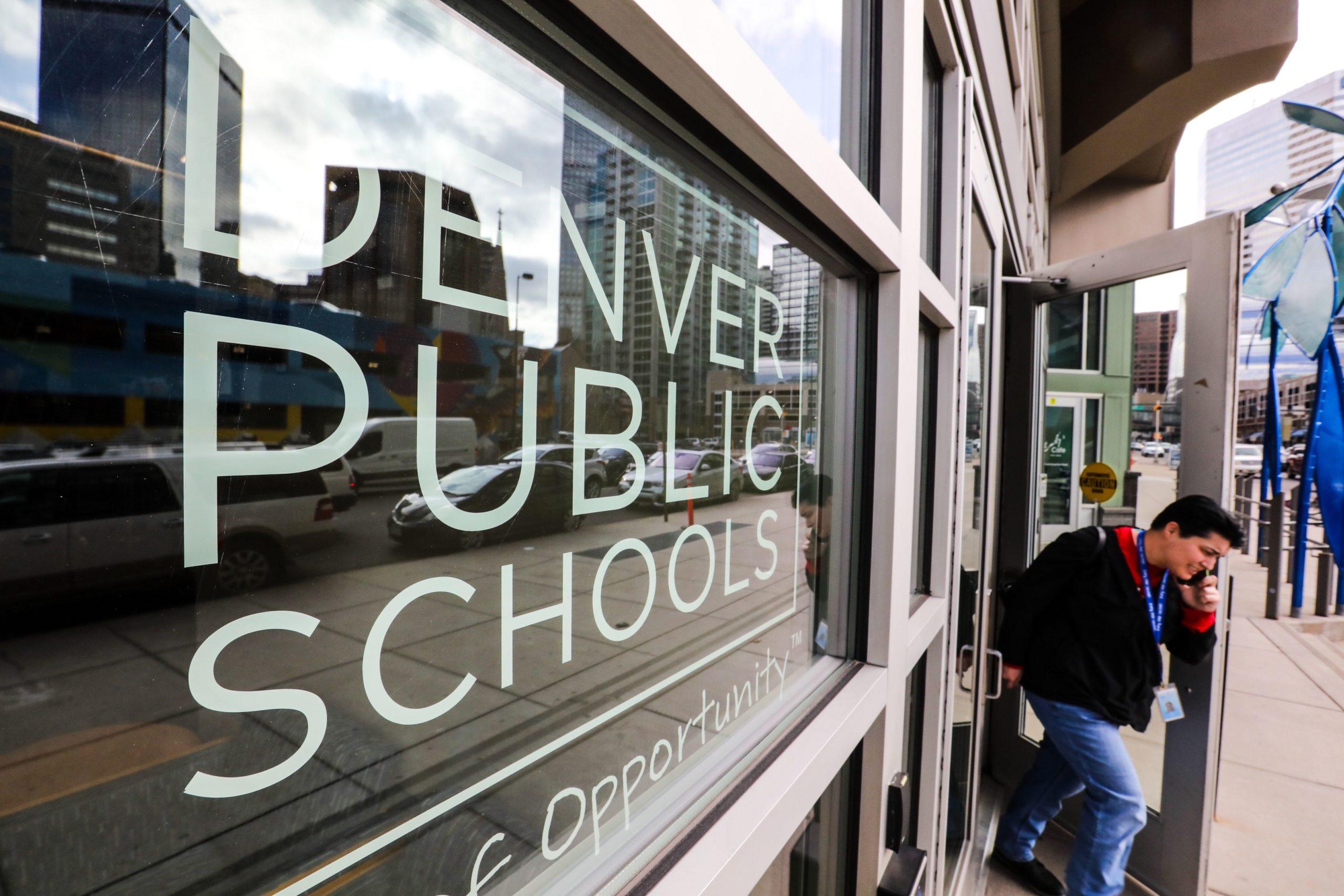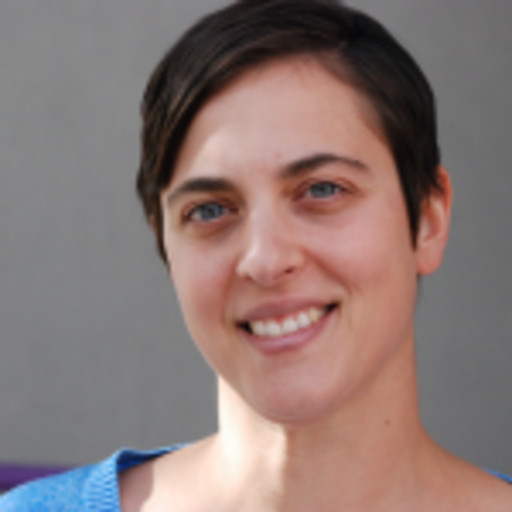
Originally posted on Chalkbeat by Melanie Asmar on Sept. 15, 2020.
Fewer Denver students are attending class this fall compared with a year ago, and students of color are less likely than their white peers to regularly tune into real-time video lessons.
Average daily attendance over the first two weeks of school this fall was about 88 percent. While that’s higher than during springtime remote learning, it’s about 5 percentage points lower than the same period in 2019, when attendance in classrooms was 93 percent.
Younger students are attending virtual classes this fall more frequently than are older students. On Sept. 1, for example, 92 percent of elementary school students were present. But only 87 percent of middle school and 85 percent of high school students were.
- Mesa County Schools, Initially Overwhelmed By Demand For Online Learning, Adds More Virtual Teachers
- Inside Room 132: How One Colorado School Embarks On In-Person Learning
- Special Education Advocate Says Coronavirus And Online Learning Made ‘A Complex Issue Even More Complicated’
- With Thousands of Students At Risk Of Falling Behind, Colorado Announces Two Deals For Internet Access For Low-Income Families
White students are attending more frequently than are students of color. During the second week of school, 94 percent of white students and 85 percent of Black and Hispanic students were present.
Denver Public Schools counts students as present if they attend a real-time video lesson. The district is taking a different approach to remote learning this fall, with more emphasis on live instruction via video calls in the hopes of better engaging students.
The district will consider students facing what it calls “extenuating circumstances” as present if they communicate with a teacher or turn in an assignment. Teachers take attendance once a day in elementary schools and once every period in middle and high schools.
The district has worked to connect all students in kindergarten through 12th grade to remote learning by distributing computers and helping families with internet access. But barriers remain, including slow internet speeds and hotspot devices that don’t work.
Other data shows students are engaging with their schoolwork even if they’re not showing up for video calls. While only 88% of students were present during the second week of school, 90% of students interacted with one of the district’s online learning systems, SeeSaw or Schoology.
But the results of a student survey are troubling. Fewer students reported that they’re doing “good” or “great” when asked about their well-being. Only 54 percent of students said they were “good” or “great” this fall, down from 66 percent in the spring, district data shows.
“Our kids are feeling the impact of this pandemic and need and want to be in school,” Superintendent Susana Cordova told the school board when she presented the data Monday. “That’s not something you always typically hear kids say.”
In addition to disruptions in their schooling, Cordova said students may be dealing with the financial strain of the pandemic if their parents lost jobs. Many students of color, she said, are also not only witnessing but participating in protests against racism and police brutality.
The district on Friday announced plans to gradually bring students back to campuses. Preschool students began returning to classrooms last week. Kindergarten and first grade students will follow at the end of the month. All students will be back in classrooms by Oct. 21, though middle and high school students will likely take a mix of in-person and virtual classes.
The district will continue to offer a fully virtual school option for families who prefer it.
Chalkbeat is a nonprofit news site covering educational change in public schools.









